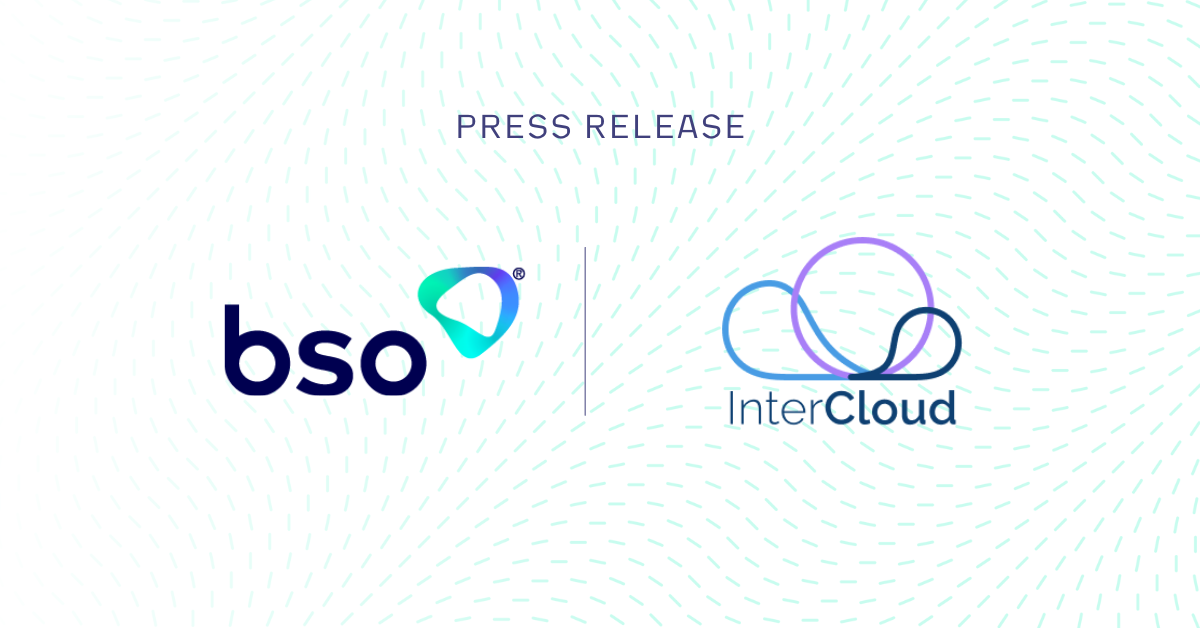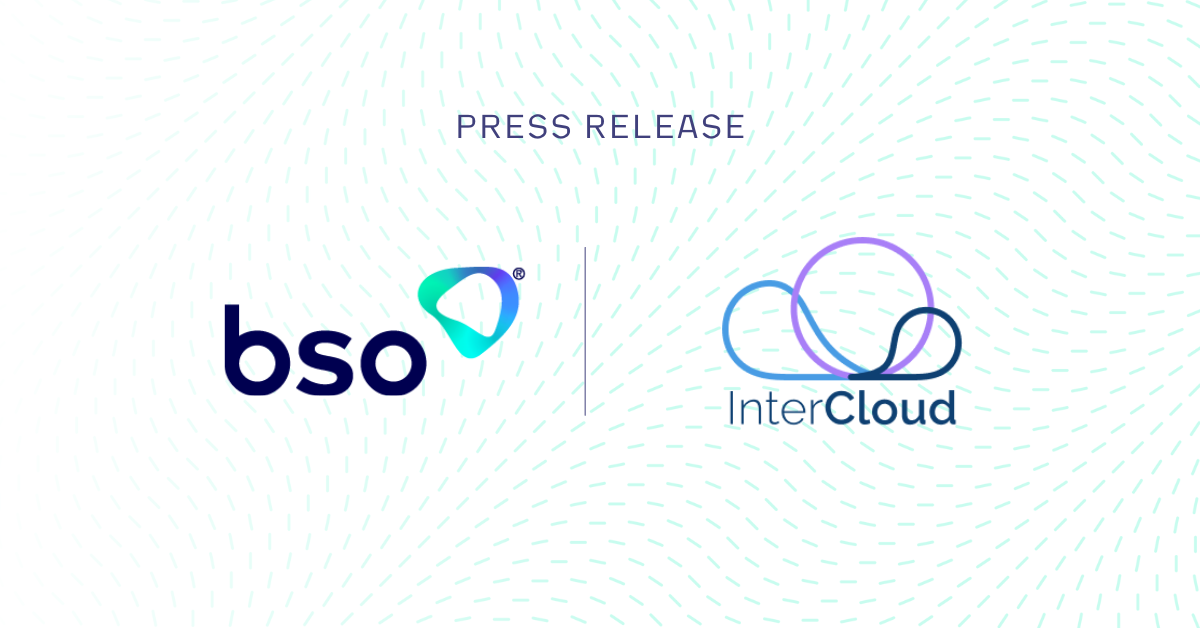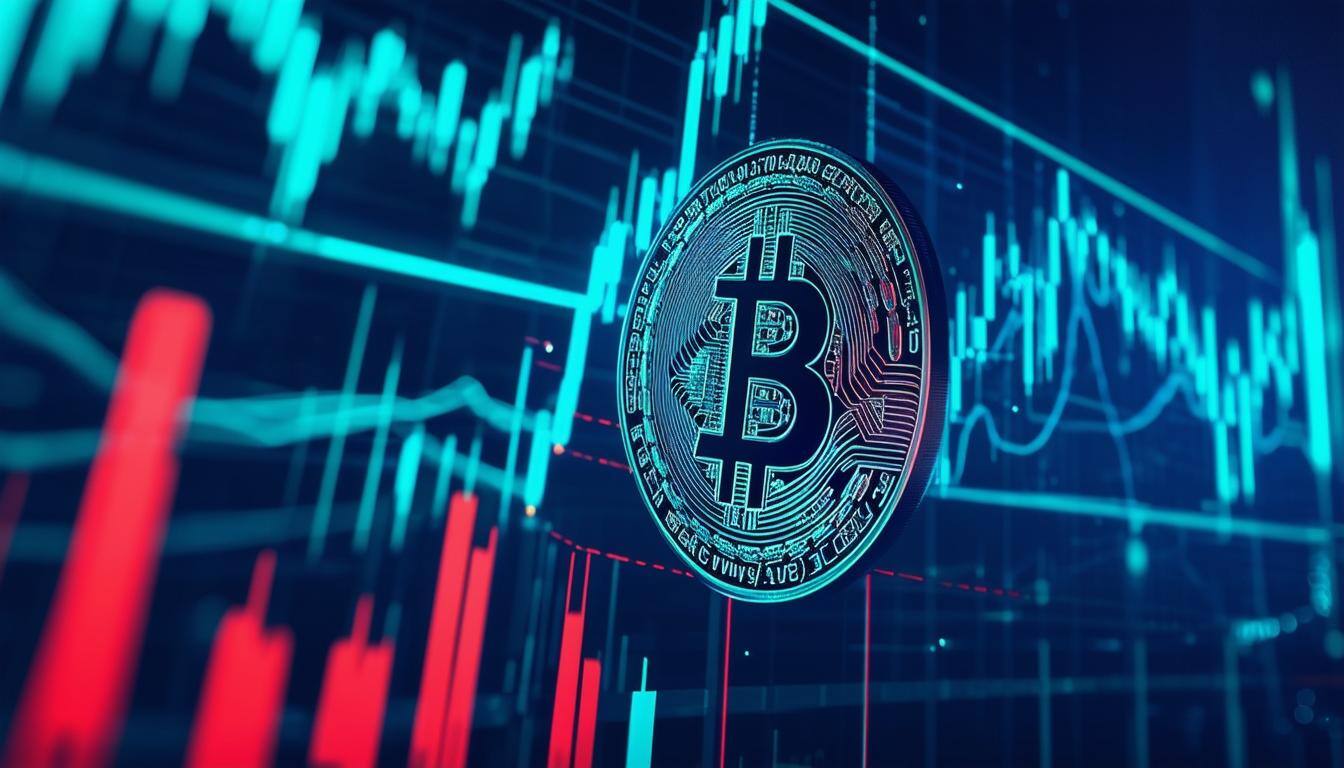Navigating the Underwater Threat: Risks of Subsea Cable Disruptions for Financial Services

Subsea cables, the lifelines of our digitally connected world, are an intricate network of fiber optic cables that lie beneath the ocean surface that enable the seamless transmission of data across continents. They form the backbone of the financial ecosystem, serving as the vital infrastructure that allows for real-time transactions and communication between financial institutions across the globe.
However, subsea cable disruptions do pose significant risks to the global financial system, which can lead to major losses that can shake the global economy if not mitigated and managed effectively. In this article, we explore the risks associated with subsea cable disruptions and what financial institutions can do to proactively mitigate these and prevent substantial damage.
The significance of subsea cables in the global financial services landscape
Subsea cables are essential for the operation of the global financial markets, underpinning the lightning-fast transmission of data that drives real-time high-frequency trading, market information, and critical financial transactions. In this high-stakes environment where every second counts, even the slightest delays in data transmission can lead to substantial financial losses. Picture a scenario where investment decisions hinge on split-second market insights, and any interruption or lag in data flow can mean missed opportunities or erroneous trades.
Any disruptions or breaches in these networks could have far-reaching consequences, such as potentially exposing sensitive data and compromising market integrity. This impact goes beyond individual financial institutions, as it can reverberate throughout the global economy, causing ripple effects that impact businesses, consumers, and governments alike.
Risks associated with subsea cable disruptions
Cable disruptions can lead to significant damages for institutions and the financial ecosystem alike, specifically due to risks like:
-
Delayed or failed transactions, leading to potentially catastrophic financial losses.
-
Operational disruptions hindering critical processes, possibly for an extended period if failovers and redundancy plans aren’t in place.
-
Compromised data security or data leaks, potentially leading to reputational damage and market share loss for individual institutions.
-
Compromised customer satisfaction as services and support are impacted.
The interconnected nature of the global financial system magnifies these risks, making it essential for businesses to understand and proactively address these vulnerabilities associated with subsea cable disruptions.
Mitigating the impact of subsea cable disruptions
Mitigating the risks associated with disruptions to subsea cables takes proactive risk management strategies and measures. Financial institutions need to implement essential contingency and business continuity plans in case of cable-related connectivity disruptions, in order to ensure as minimal disruption to business operations as possible.
Diversification of communication channels and redundancy measures
As a first step, financial institutions can reduce their reliance on a single subsea cable system by establishing connections through multiple undersea cable routes. This is particularly important for ensuring that newer subsea cables are utilised in events where older cables start malfunctioning and face decommissioning, as was seen with Vietnam’s SMW 3 cable earlier this year. This approach ensures that if one cable is disrupted, alternative routes can be used to maintain connectivity and reduce any latency that occurs as a result of the disruption.
To further diversify their communication and connectivity channels, financial institutions should also implement additional redundancy and backup systems such as redundant cables, satellite links, or terrestrial connections. These backups provide additional communication channels in case of subsea cable failures, over and above leveraging alternative subsea cables.
An additional diversification measure financial institutions could consider is spreading their data centres across different geographical locations, thus further reducing their reliance on a single location and improving their resilience against potential cable failures.
Developing robust contingency plans and disaster recovery strategies
As a best practice, financial institutions should have well-defined disaster recovery and business continuity plans already in place. These plans outline the actions to be taken in the event of a subsea cable disruption and ensure that critical operations can be quickly restored.
These plans should also be regularly reviewed and updated to ensure their effectiveness, and as such, should include ongoing risk assessments and network monitoring. Financial institutions should monitor the status and health of subsea cables, track any reported issues, and stay informed about maintenance schedules and potential risks that may affect the cables they rely on.
Additionally, as part of their business continuity strategies, financial institutions should have a dedicated incident response team readily available to quickly assess the situation and implement mitigation measures in the event of a subsea cable disruption. Prompt communication with clients, stakeholders, and relevant authorities is crucial during such incidents, so having the right team on hand to help ensure operations continue despite disruptions can’t be overstated.
Collaborating with subsea cable operators and service providers
When it comes to effectively mitigating subsea cable disruption risks, financial institutions don’t have to tackle it alone. Partnering and collaborating with subsea cable operators and connectivity providers can help ensure businesses are following best practices and have all the insights and information they need about subsea cable disruptions and how best to handle them.
Expert partners like these can also help financial institutions implement advanced monitoring systems that can help detect potential subsea cable issues or breaches in real-time, while also providing additional cybersecurity measures and support to protect data during transmission over subsea cables, thus minimising any potential security risks that could be exacerbated by subsea cable disruptions.
Although spurred by political concerns, this approach is currently being seen with France’s government consulting with leading experts on how to strengthen the security of their own subsea cables in case of sabotage by Russian forces amidst the war in Ukraine. This reveals that the causes of subsea cable disruptions extend beyond maritime activity and environmental concerns to also include geopolitical conflicts, and as such, tapping into the expertise of an expert connectivity partner can help financial institutions – and governments overall – to ensure the effective mitigation of subsea cable damage risks.
Summary
Subsea cables form an important part of our global connectivity infrastructure and digital capabilities and enable the flow of important information that enables things like the global financial system. However, they do, from time to time, face disruptions for a myriad of reasons, environmental and otherwise, which businesses and financial institutions need to effectively prepare for in order to mitigate the risks associated with these disruptions.
With proactive risk management that includes channel diversification and disaster recovery strategies, financial institutions can ensure sustained business activity in the face of possible subsea cable outages. Furthermore, by partnering with a connectivity provider with specialised expertise, they can achieve greater levels of insight and support to bolster both their subsea cable usage and their business continuity plans in the event of a disruption.
Access robust connectivity with BSO
BSO is a low-latency connectivity provider with a heritage of serving the global financial markets. Our network connectivity infrastructure is built for reliability, and our engineering expertise underpins all of our connectivity solutions, giving our clients a robust infrastructure they can depend on to go about their business as usual.
We connect to all major trading venues across Europe, Asia-Pacific, the Middle East and the Americas, reaching 33 countries and 240+ data centre locations with bespoke financial connectivity that is secure and scalable.
For a connectivity solution that meets your needs while helping to mitigate any potential connectivity risks and threats, take a look at our solutions, or get in touch with our team of connectivity experts for more information.
ABOUT BSO
The company was founded in 2004 and serves the world’s largest financial institutions. BSO is a global pioneering infrastructure and connectivity provider, helping over 600 data-intensive businesses across diverse markets, including financial services, technology, energy, e-commerce, media and others. BSO owns and provides mission-critical infrastructure, including network connectivity, cloud solutions, managed services and hosting, that are specific and dedicated to each customer served.
The company’s network comprises 240+ PoPs across 33 markets, 50+ cloud on-ramps, is integrated with all major public cloud providers and connects to 75+ on-net internet exchanges and 30+ stock exchanges. The team of experts works closely with customers in order to create solutions that meet the detailed and specific needs of their business, providing the latency, resilience and security they need regardless of location.
BSO is headquartered in Ireland, and has 11 offices across the globe, including London, New York, Paris, Dubai, Hong Kong and Singapore. Access our website and find out more information: www.bso.co
SALES ENQUIRY
Get in touch now. Find out how we can transform your business_
You might be interested in_
THE BSO DIFFERENCE
The industries we work across_





/Revolutionising-Connectivity%20BSOs-Tailored-Cloud-Solution-for-CryptoStruct-GmbH.png?width=1050&height=550&name=Revolutionising-Connectivity%20BSOs-Tailored-Cloud-Solution-for-CryptoStruct-GmbH.png)
/6%20Cloud%20Best%20Practices%20for%20Financial%20Technology%20Companies.jpg?width=1200&height=600&name=6%20Cloud%20Best%20Practices%20for%20Financial%20Technology%20Companies.jpg)










